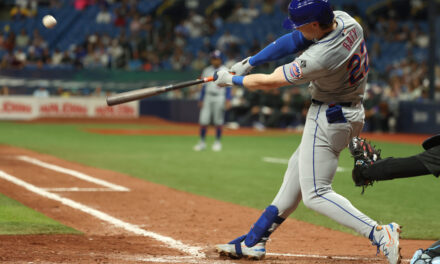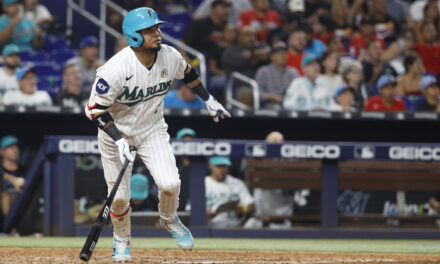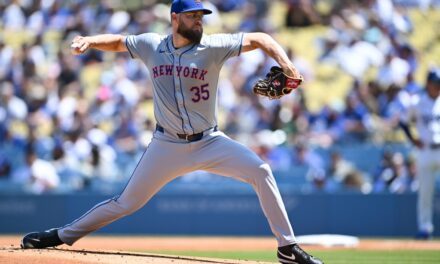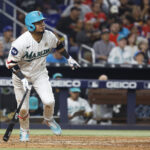When it comes two building a championship team for next season, the names Matt Holliday and Jason Bay usually spearhead the list as essential additions the club must make.
However, the Mets will need more than just a single free agent slugger to be competitive in the National League East.
The free agent market, as a whole, isn’t very deep this season so Omar Minaya and the Mets will most likely look at acquiring new talent via trade to try to patch the team’s numerous voids.
Colorado is an interesting trade partner as they seem to be segueing in a new generation of younger and cheaper stars, including the likes of Dexter Fowler. By doing so they are also looking to shed some of their more expensive stars.
The two in particular that would seem most likely to warrant a look by the Mets are Garrett Atkins and Brad Hawpe.
Atkins is coming off a year where he hit for career lows in the average, home run and RBI department. There is talk that the once-powerful third baseman will be non-tendered, which means the Mets could acquire him without losing prospects.
This looks like an attractive option to buy low on a productive player that could platoon at first base and spell David Wright at third on days where he needs rest, right?
Wrong.
Atkins, who is already in the midst of a prolonged slump would suffer greatly away from Coors Field.
Let’s look at 2007, a year in which Atkins hit .301 and clubbed 25 home runs cumulatively. Atkins hit the ball extremely well at home and posted a .349 average at Coors Field. However, his road average plummeted to .254.
This is a trend that can be seen when looking at the past two years as well.
Certainly, a pitcher’s friendly park, like Citi Field would do a number on Atkins’s performance.
Atkins’s teammate, Brad Hawpe’s, name has come up numerous times in rumors connected to the Mets. Unlike, Atkins, Hawpe is a very consistent player, who has hit 20+ home runs and driven in 80+ runs in the past four seasons.
Hawpe also doesn’t suffer nearly as badly from the Coors Field effect, and in some cases has actually hit better on the road than at home. Unfortunately, Hawpe has his flaws as well.
Hawpe is a pitcher’s best friend in the sense that he is a strike out machine.
Last year, alone, in 501 at-bats, Hawpe struck out 145 times. That is a very high percentage of punch-outs, and is five more than the Mets’ 2009 strike out leader, David Wright, had.
Throughout his career, Hawpe has never been able to grasp hitting left-handed pitching. Last year, he hit only .243 against southpaws, which is in line with how he hit them in the previous three seasons combined (.245).
Now if the team went out and acquired a slugging first baseman, such as Prince Fielder, Hawpe wouldn’t look so bad in left field because he does in fact have good power.
He could even platoon with Angel Pagan on days when the team faces a left-hander.
However, if the Mets decide not to acquire a big bat at first base, electing Hawpe to be the full-time left fielder over Bay or Holliday would be a mistake.
All in all, it is pretty clear that neither Colorado bat is an ideal fit for the Mets.














